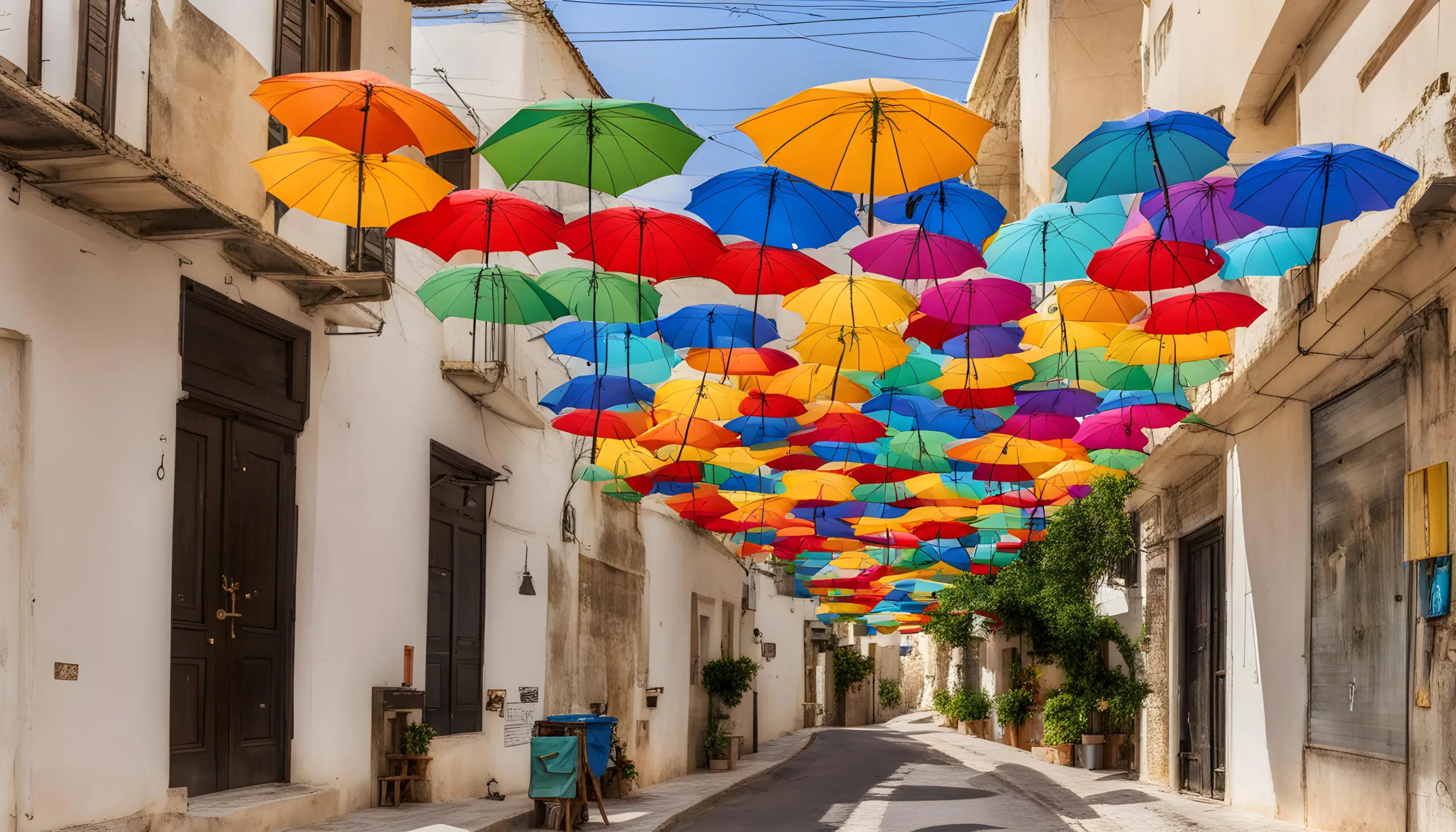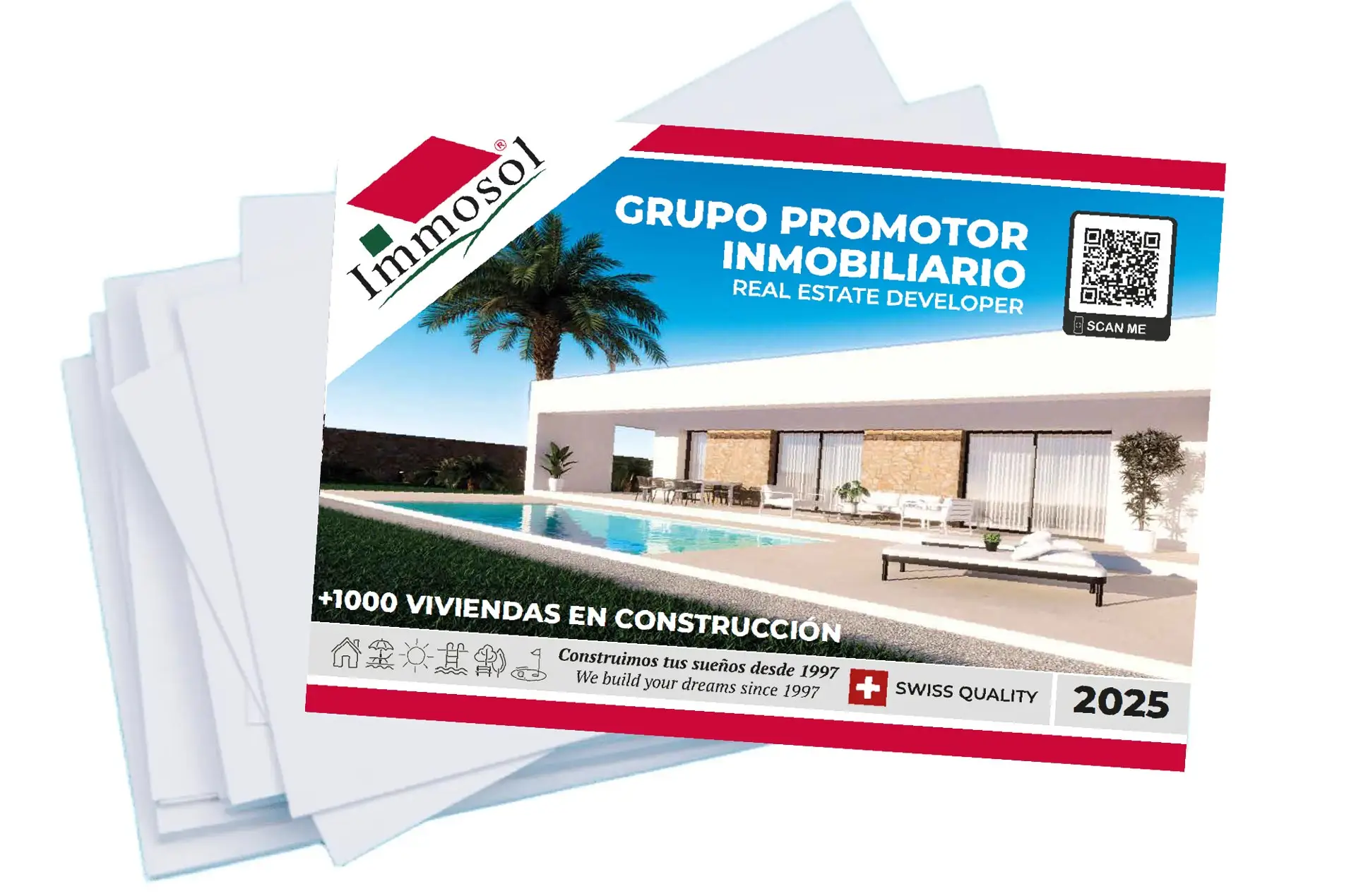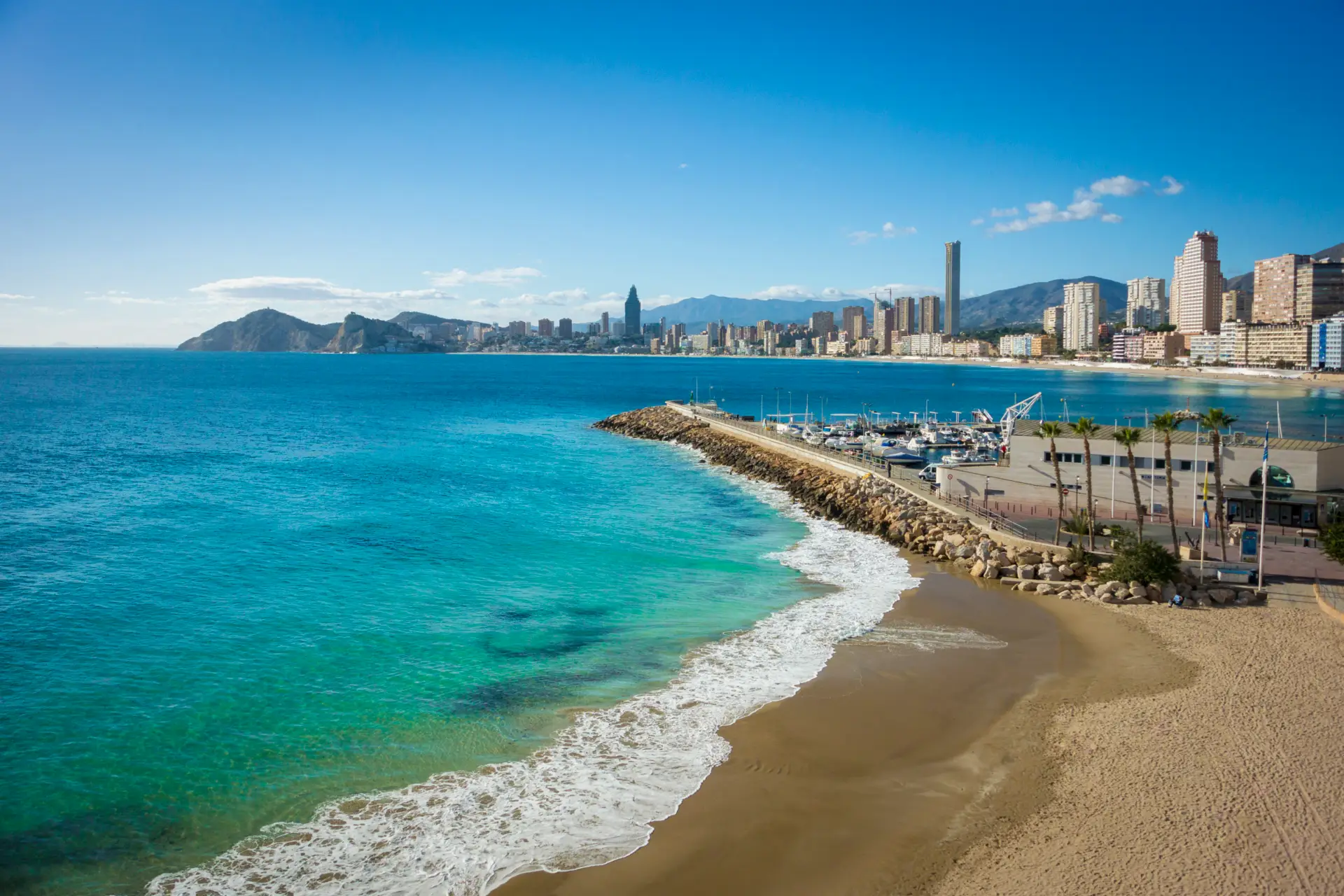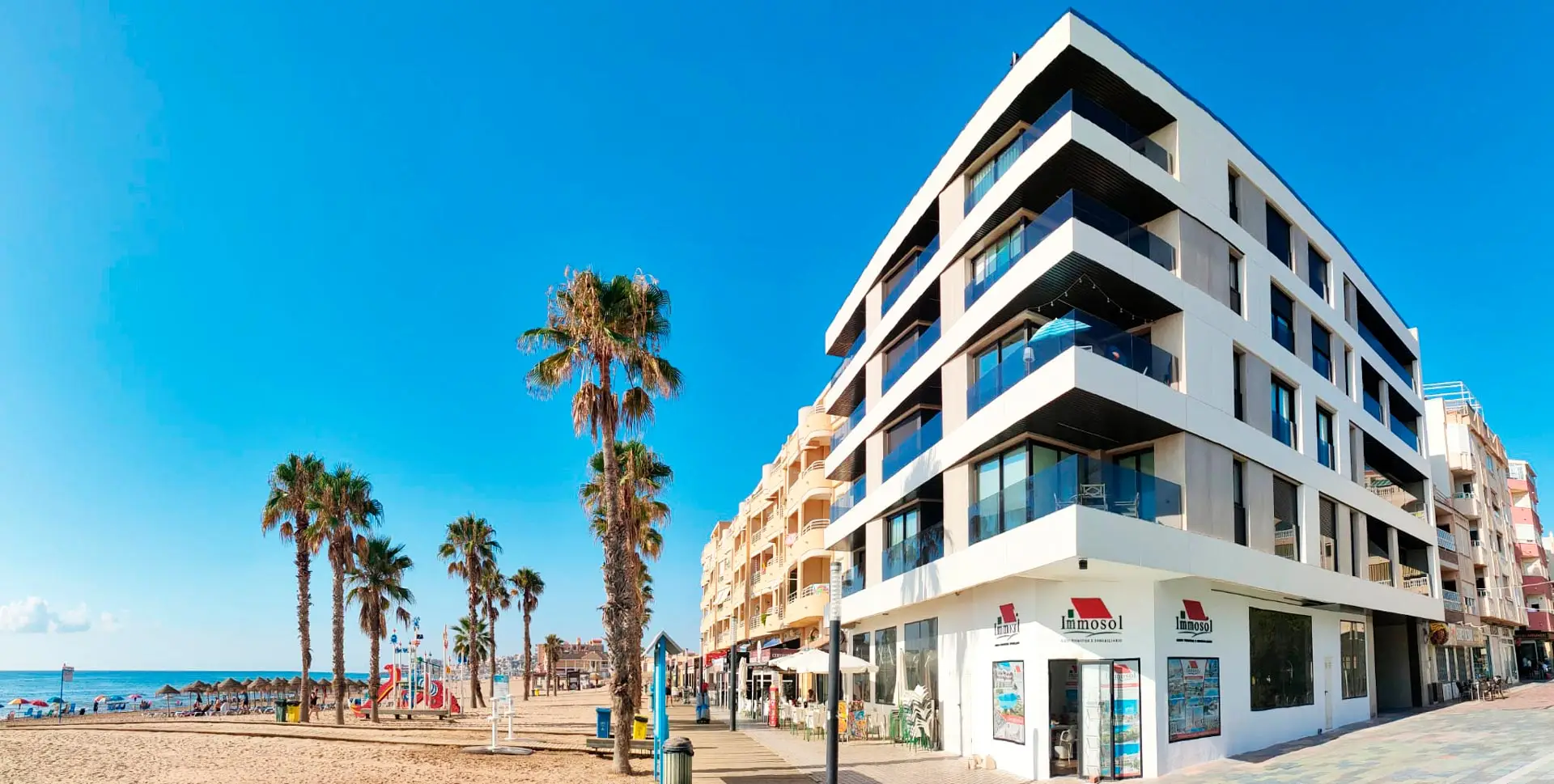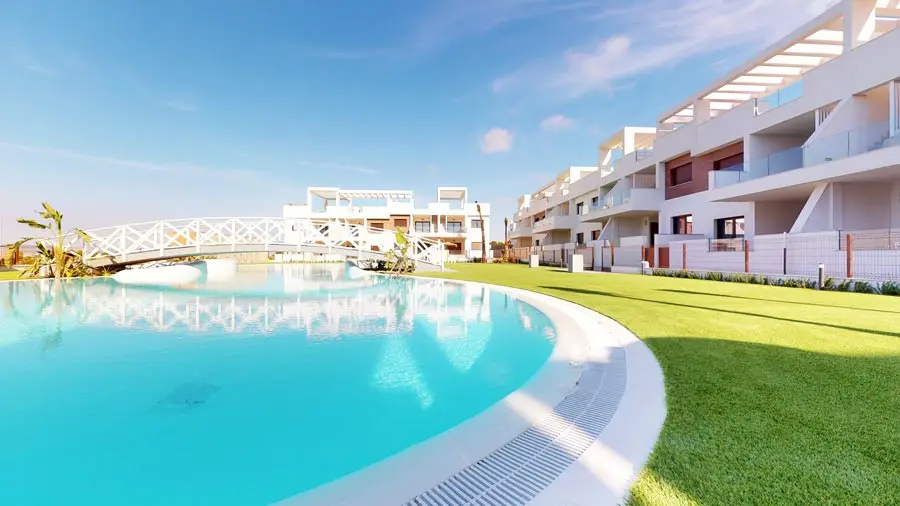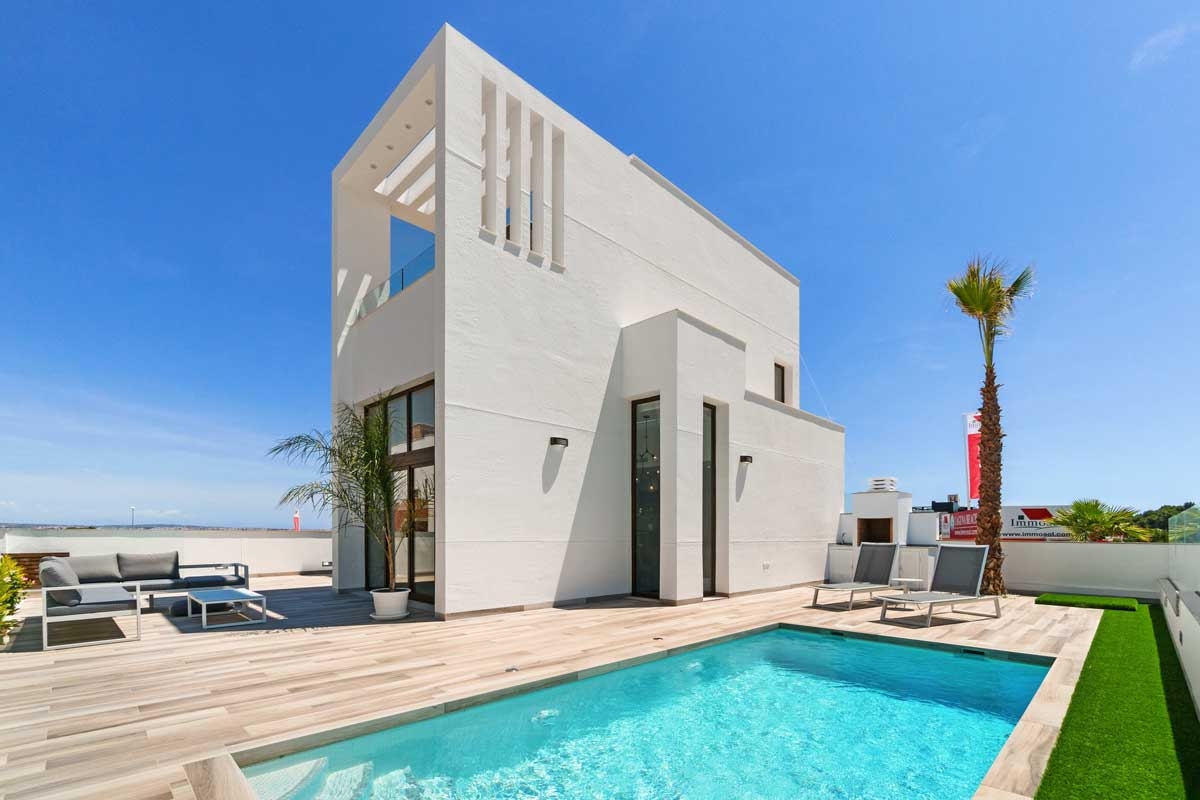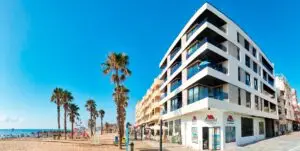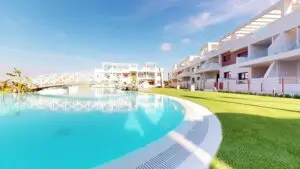Denia is one of the most visited cities in Spain, especially in summer. It is totally normal if we consider that it is one of the cities with the greatest offer of beaches in the whole of the Levante region, as well as its unbeatable climate and its proximity to Alicante. Today we are going to give you a small guide to help you organise your stay in sepas. things to see in Denia.
Although Denia is well known for its beaches, there are many more charms of this city that you should not miss. Here is an overview of the most important ones.
Denia Castle
The castle is one of the most emblematic buildings, if not the most emblematic. Its origins date back to the period of control of the area by the Roman Empire. This first Roman building was built on over the centuries.
There are few traces of its Roman origins. It is, of course, the symbol of the city and a declared Monument of Cultural Interest in Spain. The castle is also the venue for numerous cultural and artistic meetings and events in Denia.
The current fortress dates from the Muslim period, from the 11th century, but with later remodelling. That is why in the castle we can appreciate Almohad elements together with other Renaissance and even more modern ones. Inside the castle of Denia is located a Archaeological Museum and an exhibition dedicated to the sea and the art of navigation.
In addition, there is usually a service of dramatised visits. A good way to guide us through the castle and get to know it, as well as transporting us to another era and putting us in the place of a medieval knight or lady. This visit is something that everyone loves, especially the younger ones. And as a cherry on top of the visit to this castle you will have spectacular views of the coast and the sea as well as the Montgó, the highest peak in the area.
At the foot of the castle we can walk through the Baix la Mar district, the traditional fishing district of almost all the villages in the area and one of the origins of the present-day city.
Montgó Massif Natural Park
And while we're on the subject of Montgó mountain we are going to talk about the natural possibilities in the town of Denia. And of course, if we talk about Denia and nature we talk about its highest mountain and the Montgó Natural Park. The mountain rises majestically above the town of Denia. It is true that its height might seem small, (800 metres high) but if we think that it is next to the coast we can imagine the imposing view that we will see when we contemplate it.
If there is one thing that characterises this natural park, it is its large variety of animal and plant species. It is estimated that we can find around 650 different plant species. We can also enjoy a great variety of birds as well as mammals such as foxes and wild boars, if we are lucky, of course, because these two animals are not exactly the kind of animals that like to pose for photos.
The Montgó Natural Park is a place for hiking and sport. Numerous routes cross the park, many of them will require you to be in good shape. Remember that the mountain is 800 metres high, so if you choose one of the routes that starts at sea level... you'll have to climb 800 metres and descend 800 metres if you want to get to the top.
You can also enjoy a cycle touring route. It is the Denia Greenway. It passes through the park although it starts in the city of Denia and goes as far as Gandía and follows the old railway line. It is not a particularly demanding route, but in exchange we will enjoy some wonderful views.
Denia Old Town and markets
At the foot of the aforementioned castle of Denia begins the old city centre. Of course, if anything marks the geography of the city, it is its castle and the Montgó. The old town of Denia is an area with a lot of charm and quite quiet, as well as offering a great variety in its gastronomic offer: bars, cafes or restaurants, you will find something for all tastes.
In the Old Town of Denia, there are three buildings that stand out: the City Councilthe Church of the Asunción y the Toy Museum. And you can't forget the Ethnological Museum. The latter is of special importance if you consider that it was the sultana trade that facilitated the enrichment and growth of the town of Denia in the 18th century.
Denia also stands out for its markets with traditional productsThe most important of these is the Municipal Market. One of the most important is the Municipal Market and next to it (not always) there is usually an open-air market with all kinds of fresh local produce.
Also, if you are interested in handicrafts, you should not miss the many shops in the fishing quarter of Baix la Mar.
Beaches and coves in Denia
And of course, we can't finish this little guide without talking about the beaches of Denia. An ideal place to spend a whole day, to rest from our routes along the Montgó or to practice water sports. Here are some of the most important ones:
- Marineta Cassiana. It has a good location next to the town centre. And one of the most popular with families thanks to its shallow depth and the tranquillity and space available.
- Les Marines. It is the largest in Denia. It is about 3 kilometres long and quite wide. It is also very well located and with good access from any area. It is the ideal beach to enjoy the gastronomy of the area.
- Punta Negra. It is not as big as the previous ones, but it has nothing to envy. This beach is highly recommended for water sports such as scuba diving and snorkelling.
- El Molins. Next to Les Marines it is the longest in the city. Good access and well communicated. Surrounded by numerous shops, bars and restaurants.
- Trampoline. It is a smaller beach than those already mentioned, but with the attraction of having a wooden trampoline installed. Hence its name.
Do you plan to visit Jávea as well? This list of things to see in Jávea will help you make the most of your time.


